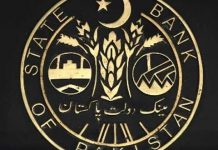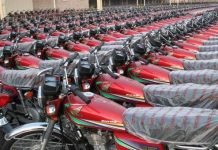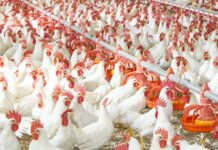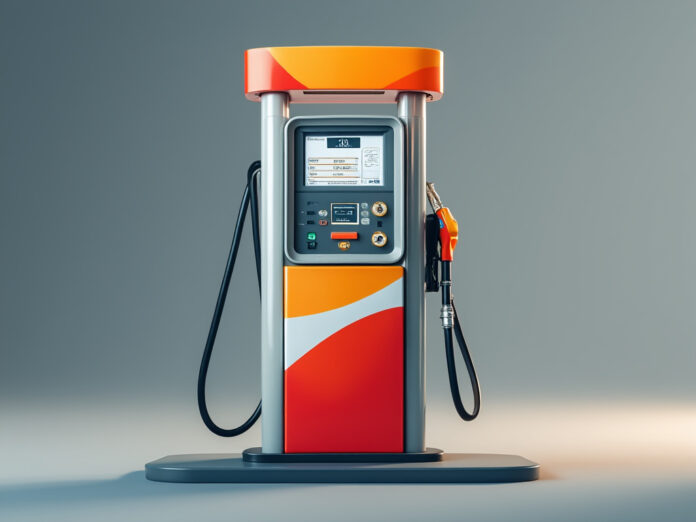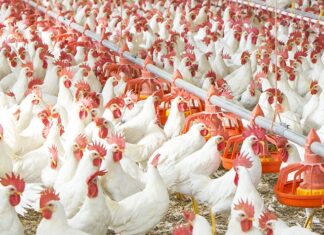ISLAMABAD: The burden of inflation on the general public is expected to be increased with the anticipated hike in oil prices up to Rs 5.91 per liter for the second half of November 2024.
According to sources, the price of petrol is likely to witness a hike by approximately Rs 2.58 per litre, while price of high-speed diesel (HSD) could go up by Rs 5.91 per litre.
The price of Light Diesel Oil (LDO) is expected to be increased by Rs 5.90 per litre and kerosene oil may witness an increase of Rs 5.54 per litre.
Sources said these estimates are based on the current tax structure and, if approved, would mean that consumers could be paying Rs 250.96 per litre for petrol, Rs 261.05 per litre for HSD, Rs 167.08 per litre for kerosene oil, and Rs 153.41 per litre for LDO.
These proposed changes in petrol, diesel, and kerosene oil prices are calculated based on current government taxes, with no exchange rate adjustment, and include the current inland freight equalization margin (IFEM) rates of Rs 7.89 for petrol and Rs 4.17 for high-speed diesel (HSD), they added.
Global prices for petrol and HSD have risen by $1.7 and $4.4 per barrel, respectively, in the past two weeks. The import premium on petrol is now almost $1 per barrel higher than before. With exchange rates and current tax levels factored in, petrol prices could see an increase of Rs4 per litre, while HSD might go up by Rs5 per litre.
In the international market, the price of petrol rose to $77.2 per barrel from $75.6, and HSD prices climbed to $88 from $83.6 per barrel. The import premium on petrol also increased to $9.80 per barrel, up from $8.8, while remaining steady at $5 per barrel for HSD.
Currently, petrol is priced at Rs248.38 per litre, HSD at Rs255.14 per litre while Kerosene oil at Rs 161.54/litre and LDO at Rs 147.51/litre.
It is pertinent to mention that on October 31, 2024, the government raised the price of petrol by Rs 3.85 per litre and high-speed diesel (HSD) by Rs 1.35 per litre, while it reduced the price of kerosene oil by Rs 1.48 per litre and light diesel oil (LDO) by Rs 2.61 per litre for the first fifteen days of November 2024, based on price fluctuations in the international market.
In Pakistan, petrol (gasoline) is primarily used by vehicles, motorcycles, and small passenger cars, with demand consistently rising over recent years. As urbanization progresses and the number of vehicles on the road increases, petrol consumption continues to grow steadily.
Additionally, many households and businesses rely on petrol-fueled generators to cope with frequent power outages, further boosting demand. Annual petrol consumption in Pakistan hovers around 8–10 million tons, marking it as a key fuel in the country’s energy landscape.
High-Speed Diesel (HSD) is another crucial fuel type in Pakistan, largely utilized by the transport and agriculture sectors. Commercial vehicles, including trucks and buses, predominantly use HSD, making it essential for goods movement and public transportation.
The agriculture sector also heavily relies on HSD to operate tractors and other heavy machinery, especially from cultivation to harvesting seasons.
The demand for HSD often correlates with economic and industrial activity levels, fluctuating with the country’s transport and agricultural cycles.
Pakistan’s annual HSD consumption is substantial, estimated at 7–8 million tons, underscoring its importance in supporting both the transport and agricultural sectors.
Light Diesel Oil (LDO), though still part of Pakistan’s fuel mix, is used in more specialized or limited applications compared to petrol and HSD.
LDO is primarily found in older industrial machinery and equipment, where it serves as a backup fuel source. It is seldom used in the transportation sector due to the availability of more efficient alternatives, which has led to a gradual decline in its consumption over the years. With a lower demand base, LDO consumption in Pakistan remains minimal, estimated at a few hundred thousand tons annually.
Lastly, kerosene oil plays a unique role, particularly in rural and remote hilly areas of Pakistan.
Traditionally, kerosene has been used for cooking, heating and lighting in regions where access to natural gas is limited or unavailable. It also has some applications in industrial settings and is used by the military.
However, as natural gas supplies and rural electrification have expanded, kerosene demand has declined. Today, Pakistan’s kerosene consumption is modest, estimated at around 100,000–150,000 tons per year.


